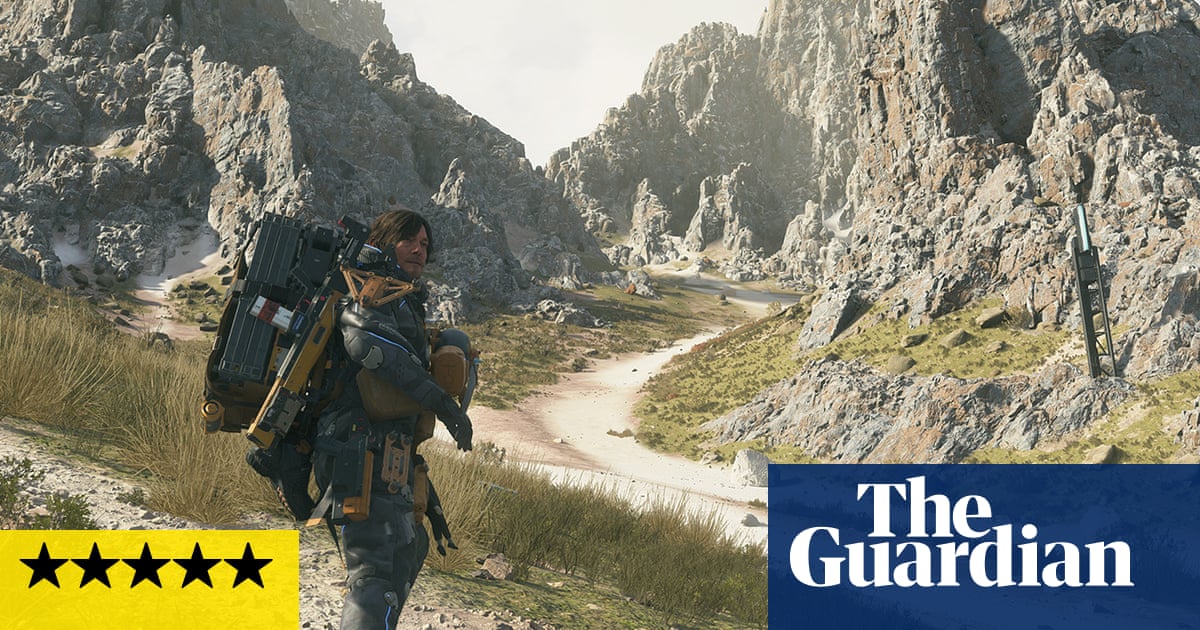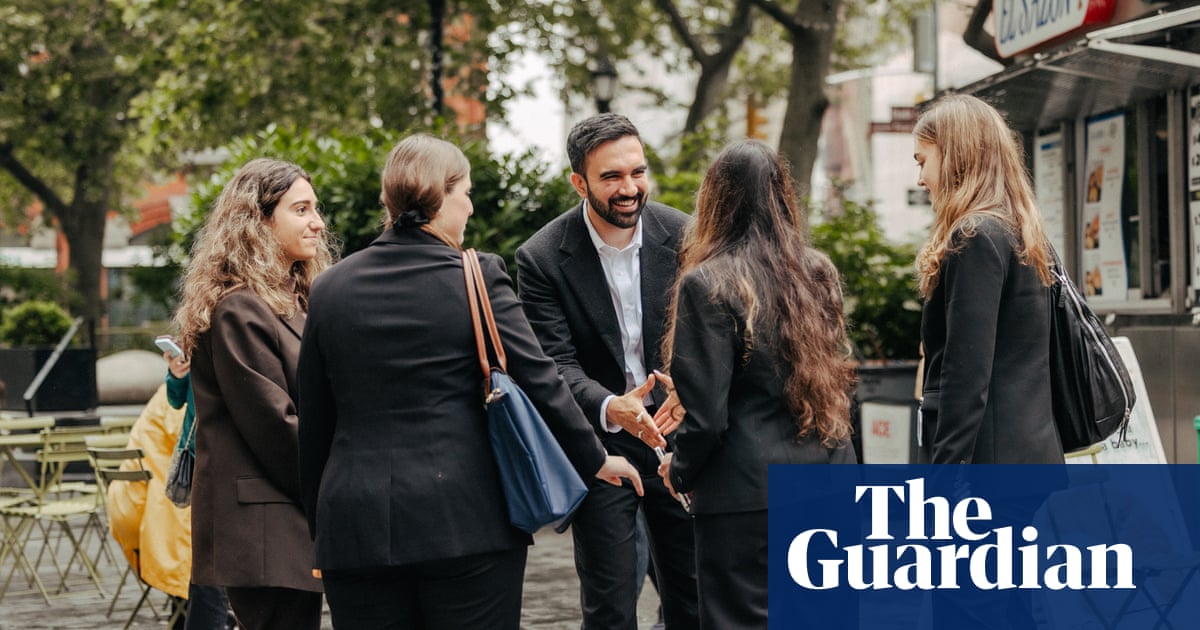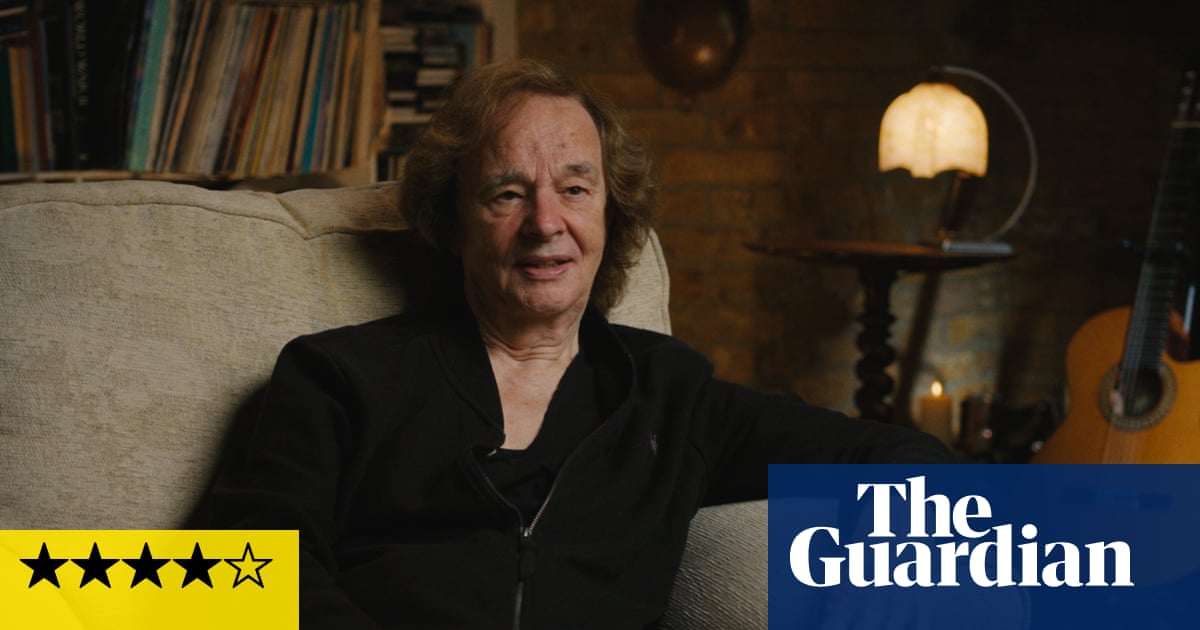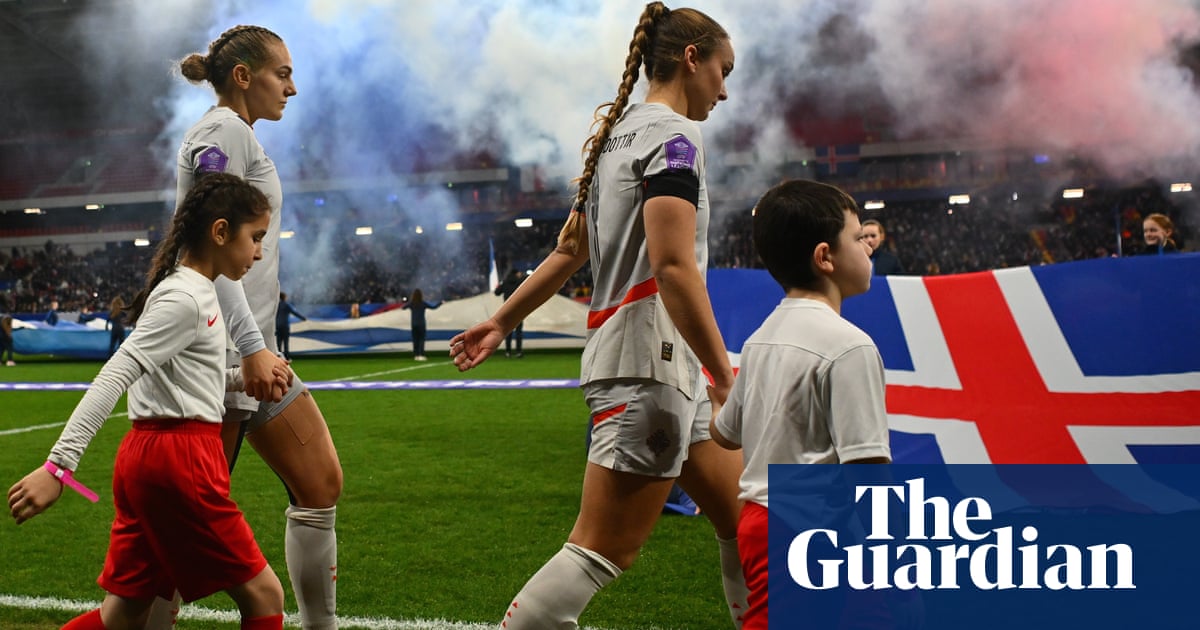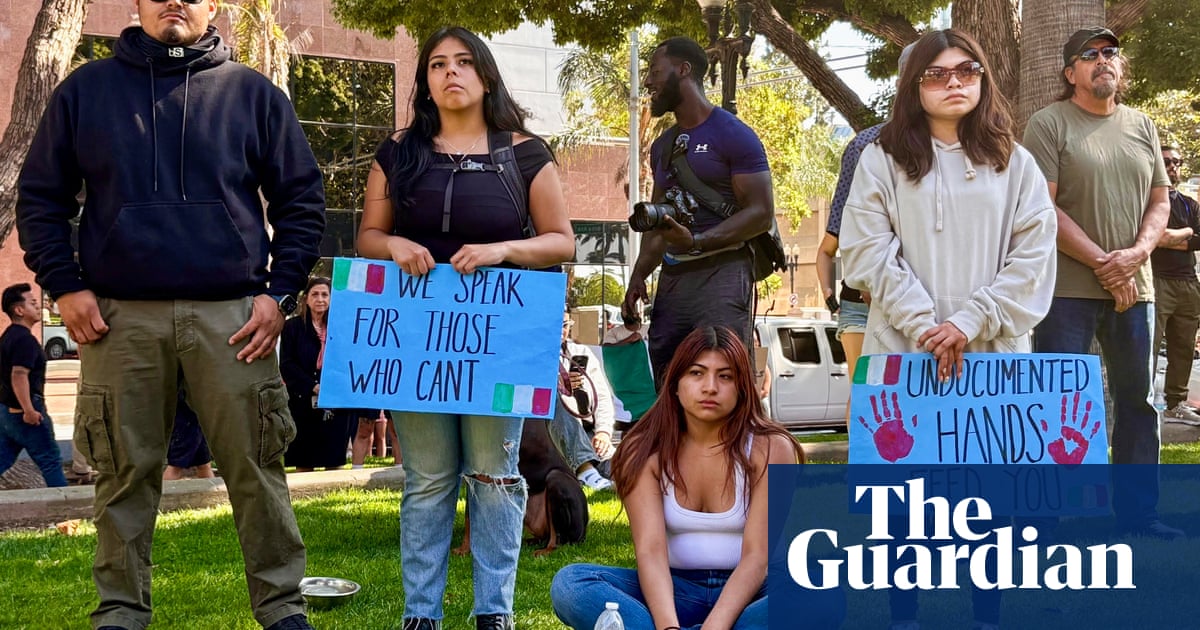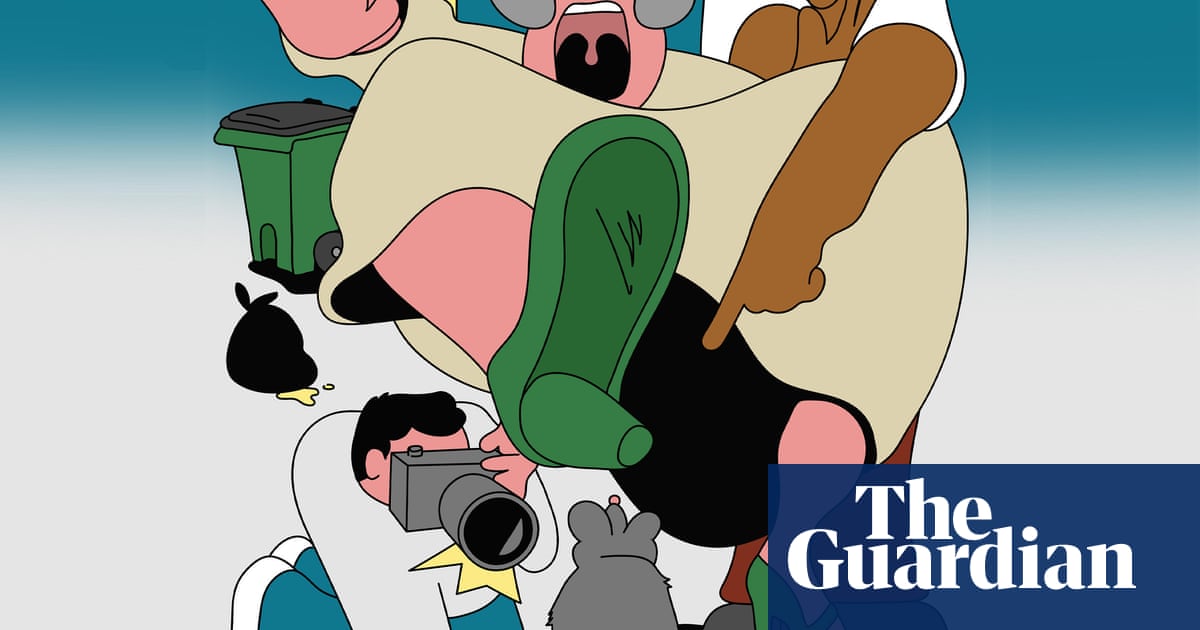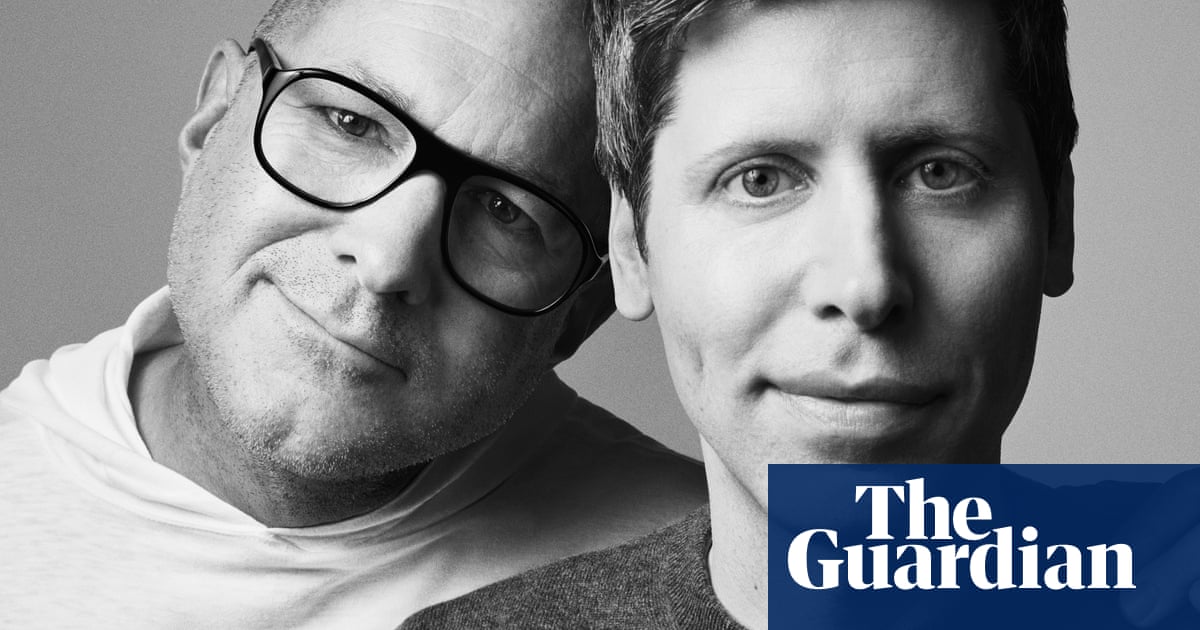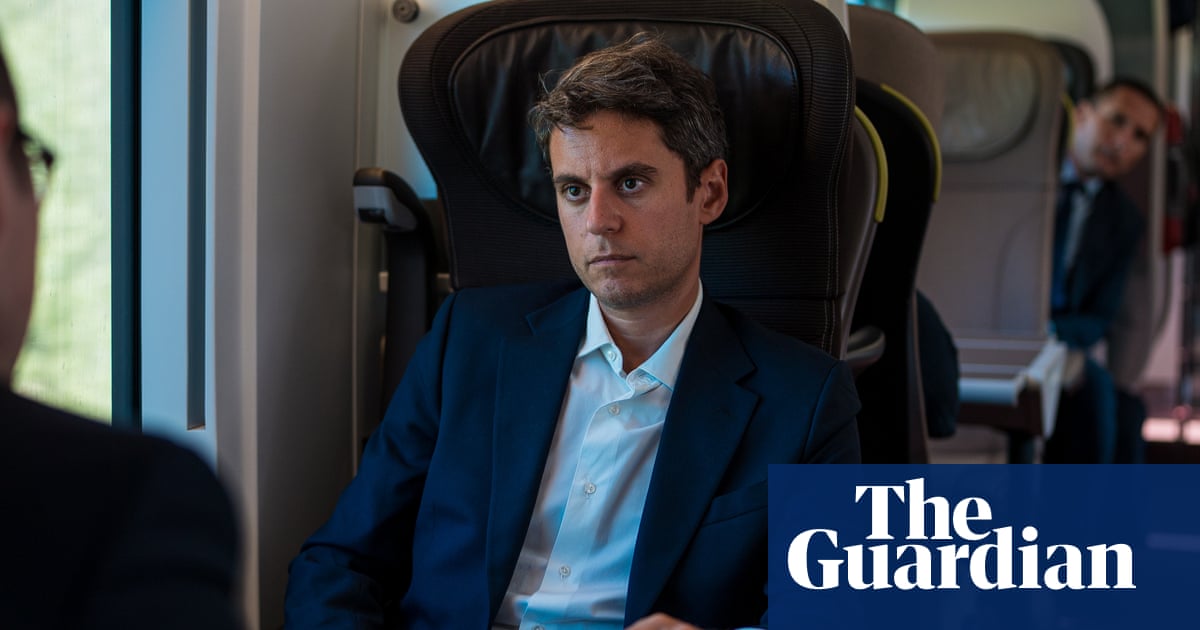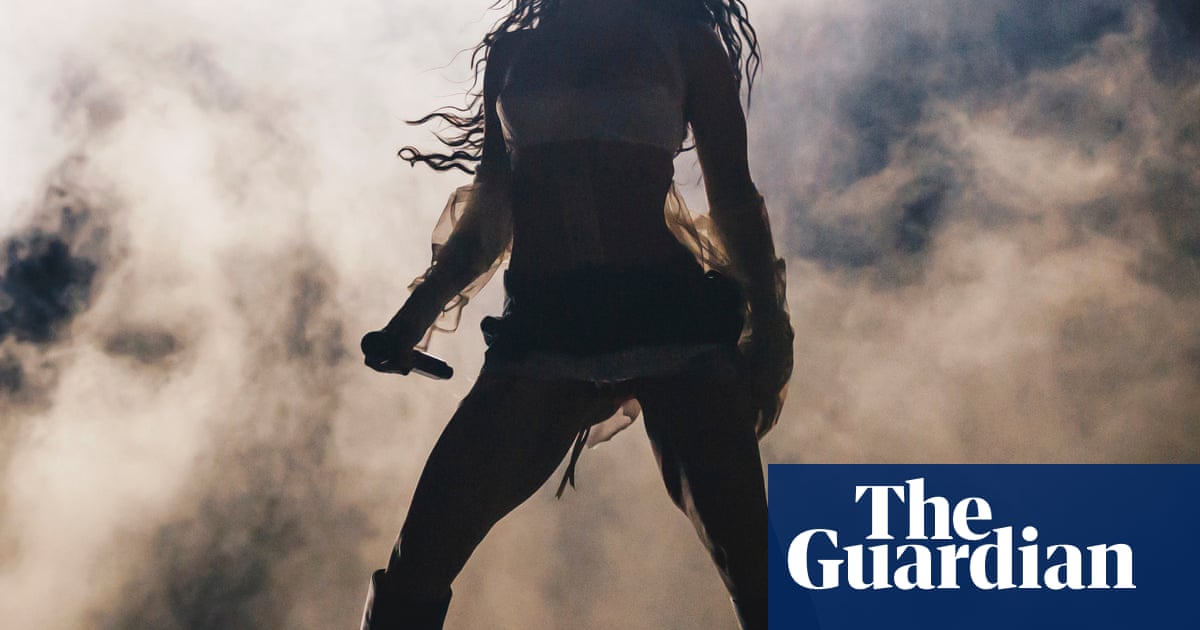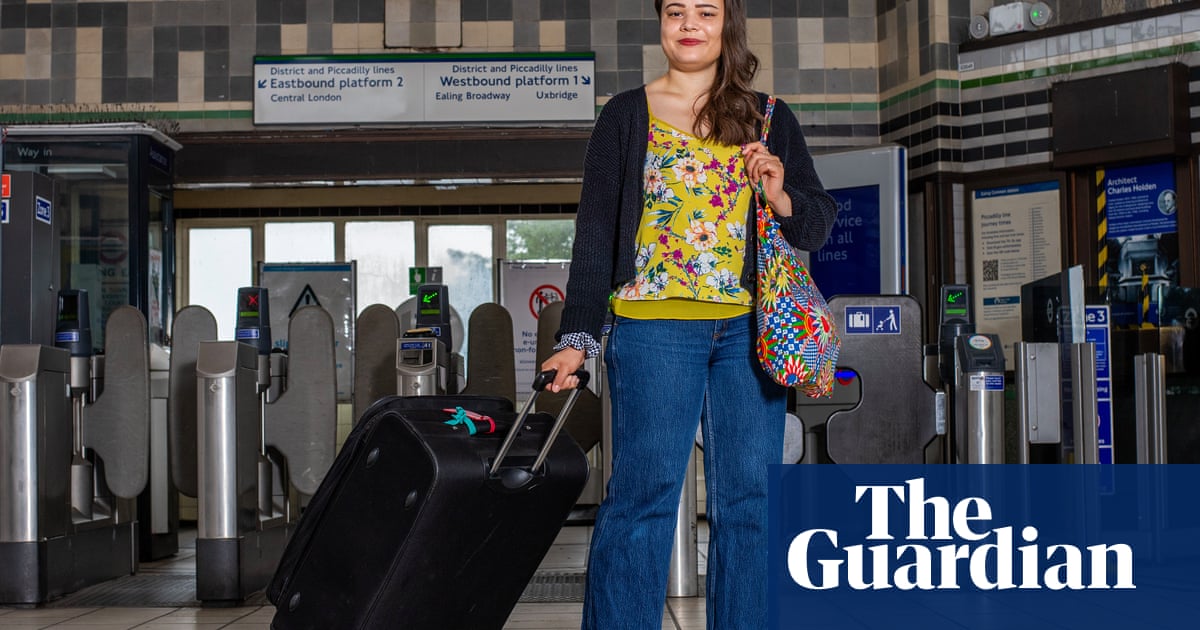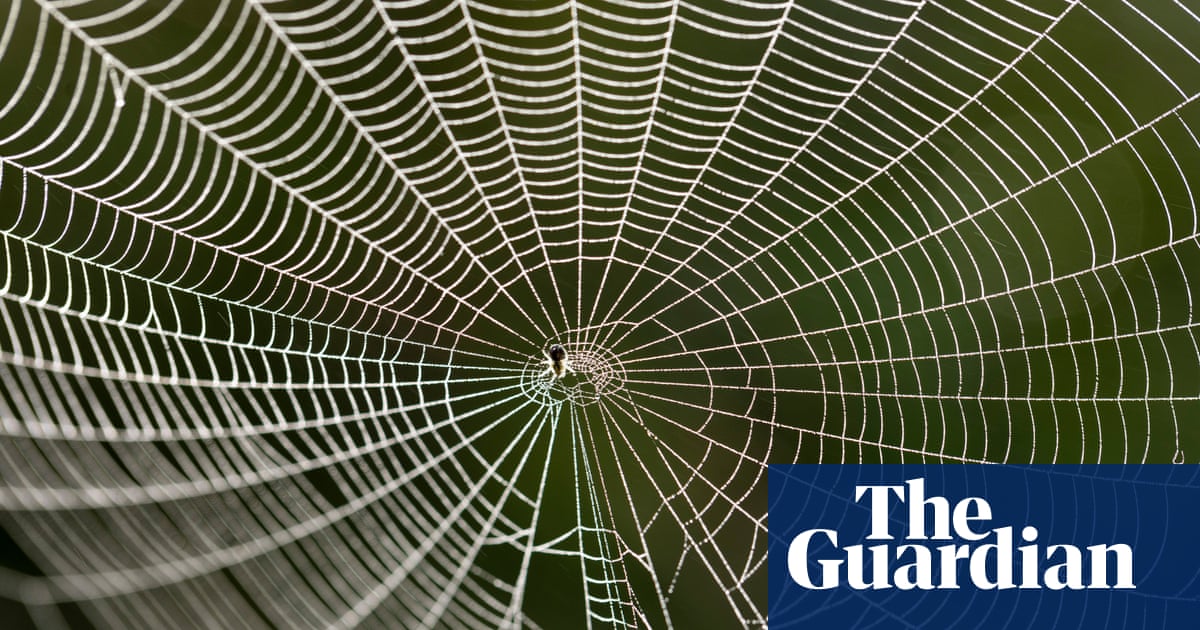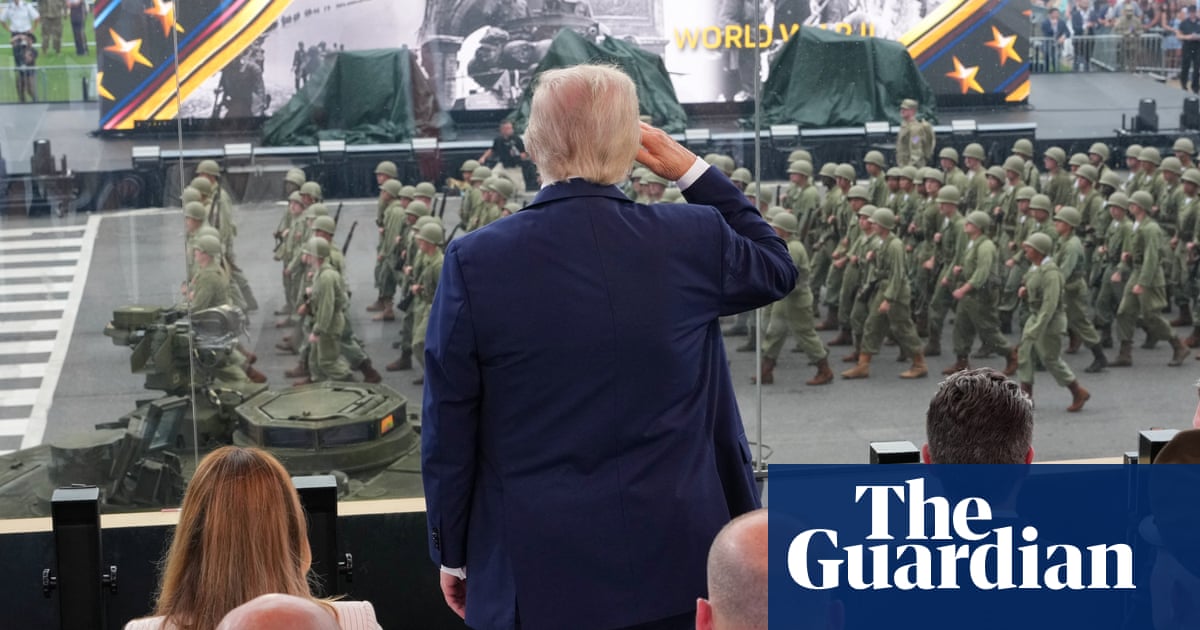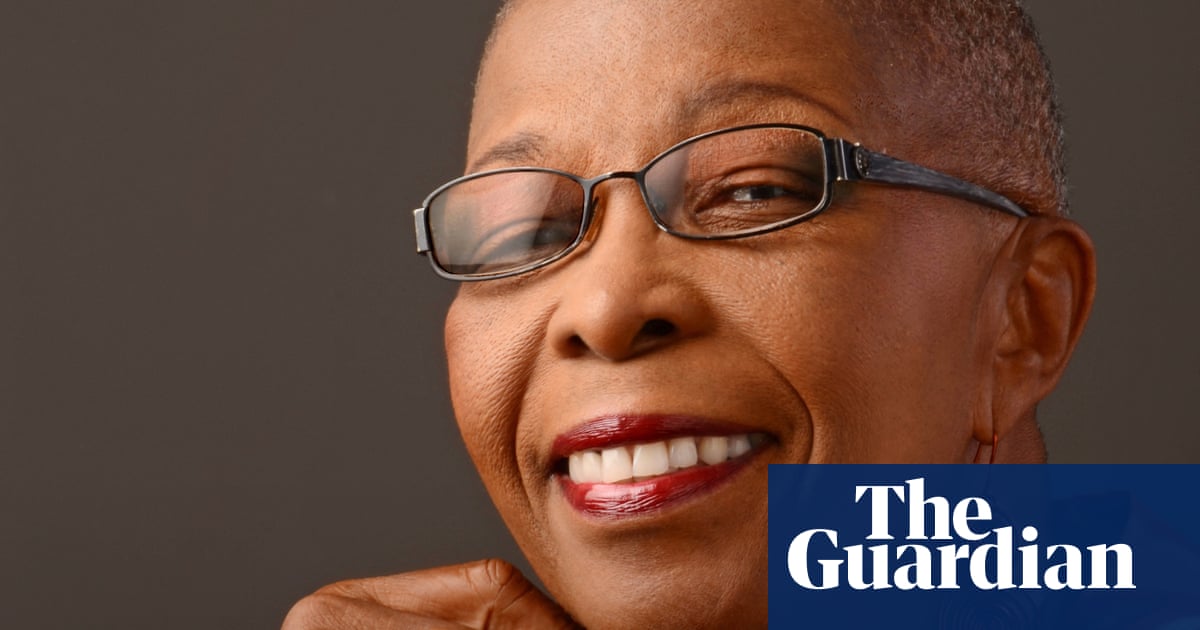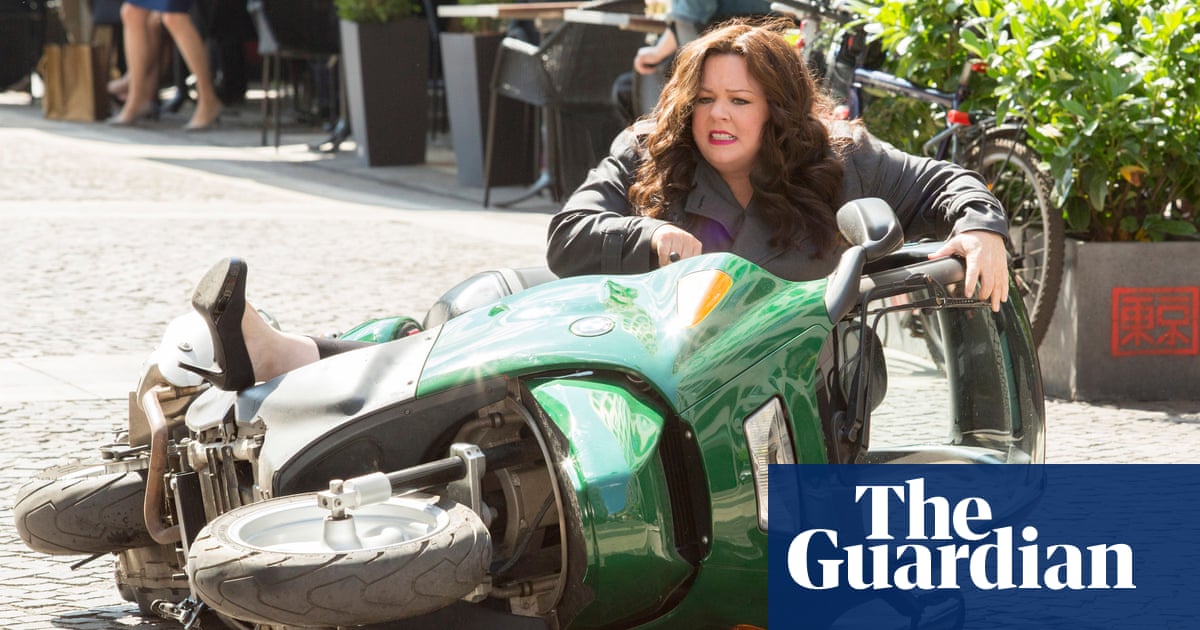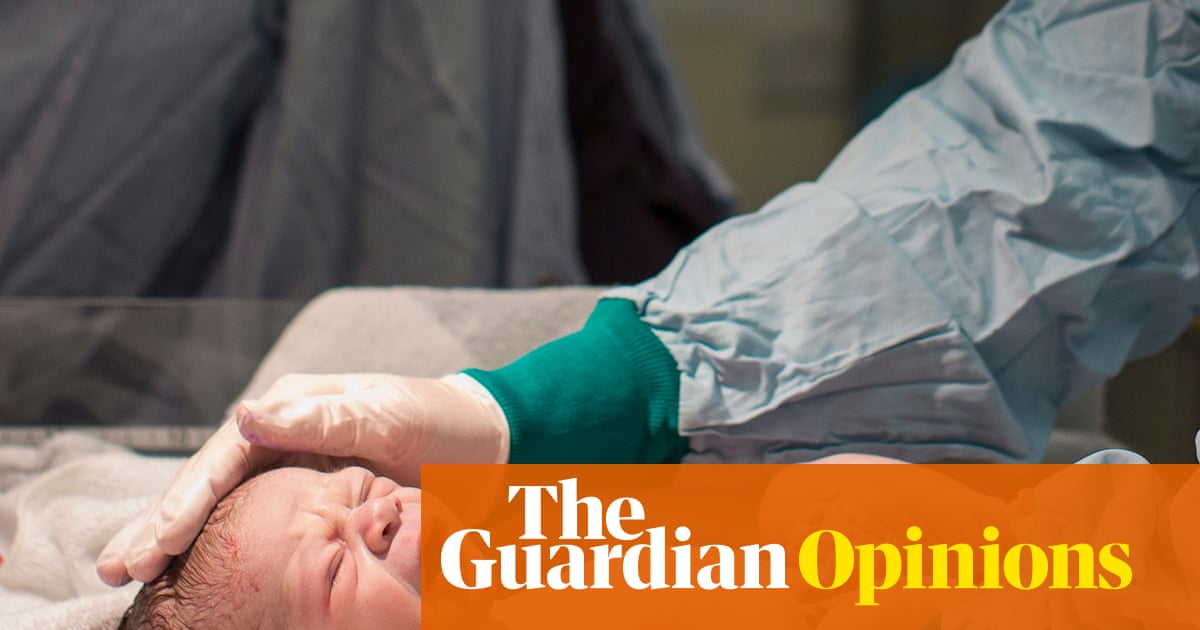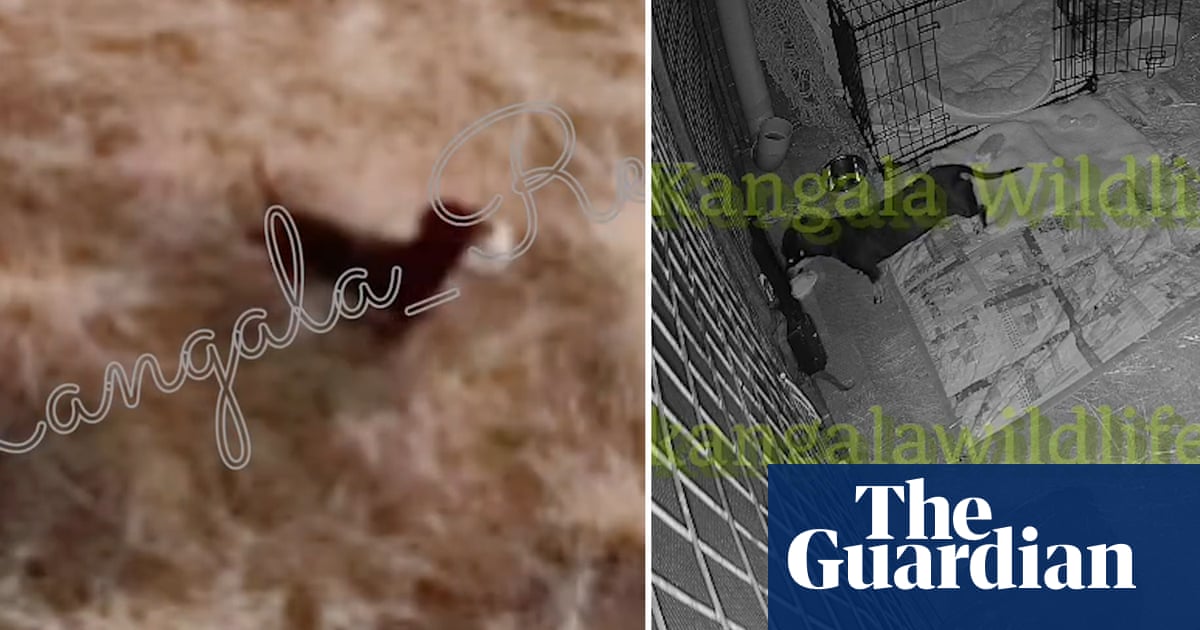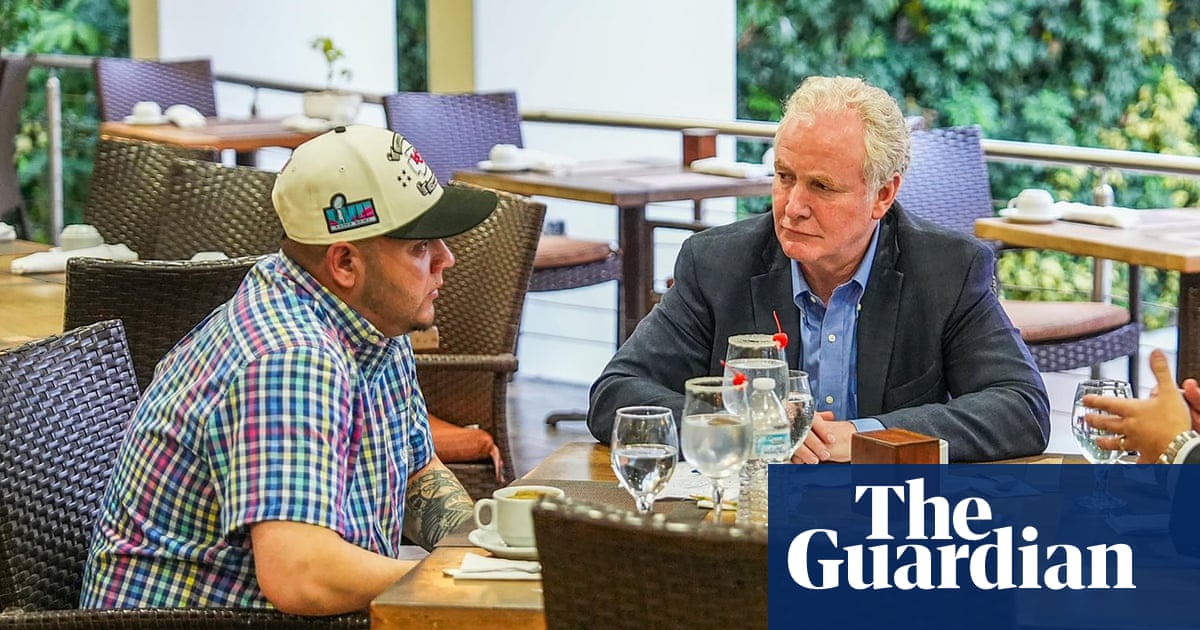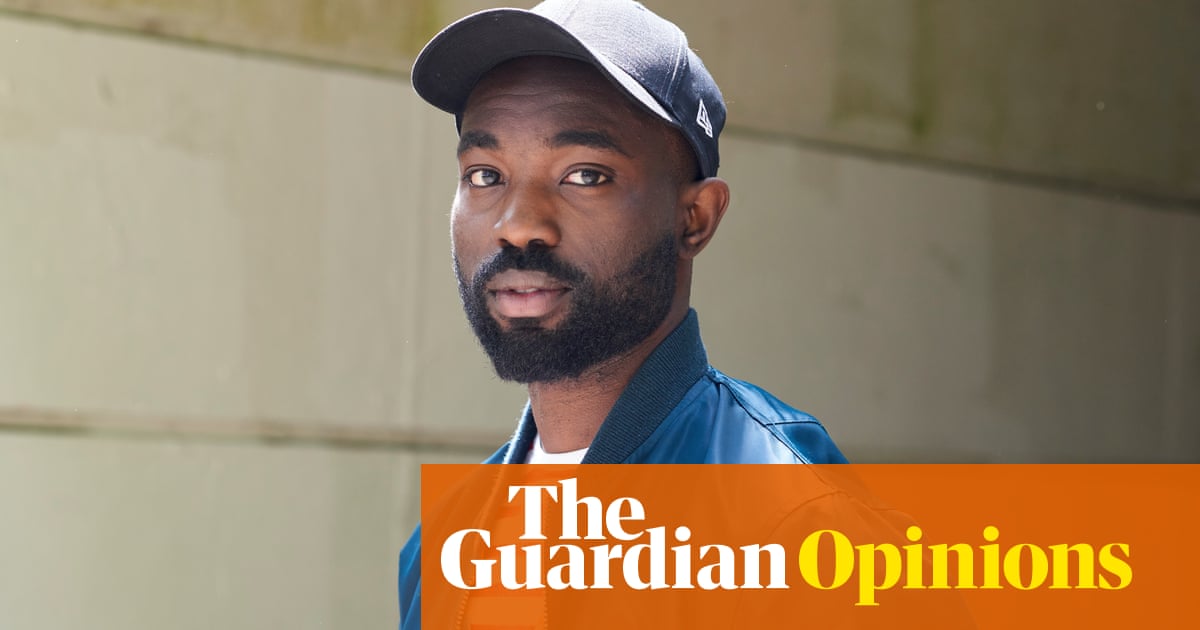Survivors and bereaved relatives have told an inquiry into the biggest ever loss of life in a migrant dinghy in the Channel that they believe stereotyping them as “foreigners” contributed to the failure to rescue them before the majority died.
The Cranston inquiry into how at least 27 people drowned on 24 November 2021 heard that survivors believed many on board could have been saved if rescue had been sent more quickly.
The four-week inquiry, which concluded its evidence on Thursday, heard that the boat, referred to as “incident Charlie”, thought to be carrying 33 people, including 13 women and eight children, was “wholly unsuitable”. Along with the 27 confirmed dead, four people are still missing. Two survived.
At least 130 more migrants have lost their lives in the Channel since the November 2021 incident, according to the UN’s International Organization for Migration, butincident Charlie remains the largest single loss of life since small boat crossings of the Channel began in 2018.
The inquiry has heard a litany of failings, including poor communication and understaffing at the Dover coastguard on the night, and a failure of Home Office intelligence sharing.
Charlie was confused by authorities with another dinghy named “incident Lima”, from which 35 people were successfully rescued, meaning that efforts to continue searching for Charlie passengers were halted. The incident was mistakenly marked as “resolved” and nobody came to their rescue.
On Wednesday and Thursday the inquiry heard impact statements from bereaved relatives who spoke about their grief and sense of deep loss, compounded by uncertainty in the early days about whether or not their relatives had survived.
Some said they wished they had died at the same time as their loved ones instead of living in pain, and many said they were struggling to keep going without the people they had lost. Relatives of those still missing they described the pain of not being able to have closure.
Issa Mohamed Omar from Somalia, one of the two survivors, described the scene when the dinghy capsized at about 1.13am.
“It was very cold, people were screaming, there was darkness all around,” he said. “We all thought we were dying. If rescue had come quickly, I believe half of these people would still be alive today. We have been seen as refugees. That’s the reason I believe the rescue did not come. We feel we are treated like animals.”
Ali Areef, the cousin of Halima Mohammed Shikh, 33, a mother of three, had spoken to Omar from his hospital bed.
after newsletter promotion
In his impact statement, he said Omar had said he was with Shikh until she died. “Her last words were: ‘Help me, I don’t want to die.’”
Dan O’Mahoney, who was the director of Clandestine Channel Threat Command at the time of the incident Charlie, had earlier told the inquiry that the increasing number of small boat crossings was overwhelming the resources they had.
“Frankly we just needed more boats,” he said.
Prof Michael Tipton, an expert in surviving in water, told the inquiry that as many as 15 of those on board the dinghy may still have been alive more than four hours after it capsized.
Distress calls started to come in just after 1am and the last one was at 3.11am. It is estimated that the passengers went into the water at 3.12am or 3.13am.
In concluding remarks on Thursday, Sonali Naik KC, representing bereaved families and one of the survivors, said: “The tragedy of 24 November was preventable and it should never have happened. The victims’ identities as migrants and as foreigners shaped the search and rescue response.”

 2 months ago
50
2 months ago
50
